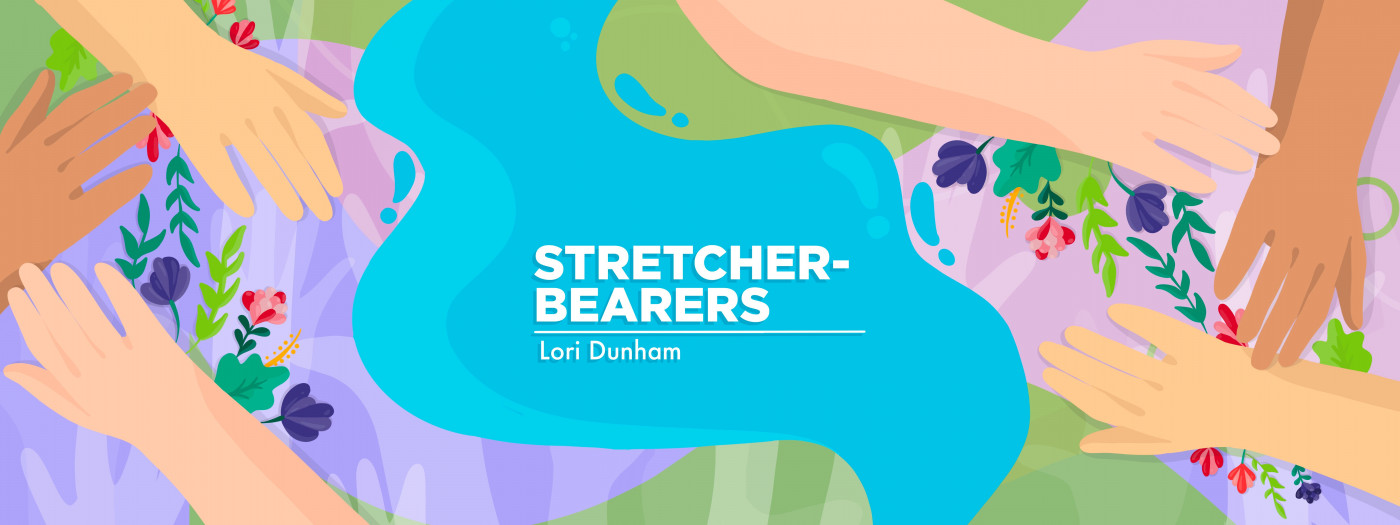Knowing When and How Much to Share About LEMS
Written by |

When our 17-year-old daughter Grace was diagnosed with Lambert-Eaton myasthenic syndrome (LEMS) at the age of 14, we struggled to know how much to share about her health, and with whom. In some instances, such as at school or church, it was imperative that we discuss her condition so that others could assist us in caring for her.
At other times, we shared because we needed the support from loved ones. Our closest friends and family have been wonderful, and most others have been extremely supportive. Grace has teachers who pour into her and nurture her toward a promising future. We have a church family who seeks her out to encourage her on bad days. They follow up with her when she has missed countless activities because of LEMS. She has friends who make sure to plan birthday parties Grace can participate in.
However, at times we come face to face with those who are less understanding. Their eyes glaze over when we attempt to explain Grace’s illness, and they seem reluctant to accommodate her in any way.
For instance, when we visited a hospital that doesn’t usually treat Grace, we tried to explain her unique health challenges. One provider was curt and dismissive and didn’t seem to want to understand or accommodate Grace’s disease. However, it was imperative that they understand the risks associated with LEMS while performing a procedure on Grace.
In most situations, I allow Grace to decide what she wants to share. Surprisingly, she is quite open about her condition, even doing a speech about LEMS at school and talking about it in a job interview.
Recently, Grace brought to my attention that her physical therapist didn’t seem to understand her disease or limitations. She was continually coming home from physical therapy wiped out. When she first started PT, Grace had an amazing therapist who researched LEMS and the best exercises for it. However, that therapist left, and numerous others have since filled the position. This was an instance when I needed to step in and be an advocate for Grace.
At other times, I find she does not want to reveal such a big part of herself to strangers. She doesn’t want to be pitied or have people feel sorry for her. She doesn’t want to be different from the rest. After all, she is a teenager and just wants to fit in.
So we walk this balance beam of what and when to share. We take our cues from Grace and teach her to advocate for herself. The best thing I can do for her is to equip her with the knowledge she needs to make good choices for her unique situation, and leave the rest to her.
Note: Lambert-Eaton News is strictly a news and information website about the disease. It does not provide medical advice, diagnosis, or treatment. This content is not intended to be a substitute for professional medical advice, diagnosis, or treatment. Always seek the advice of your physician or other qualified health provider with any questions you may have regarding a medical condition. Never disregard professional medical advice or delay in seeking it because of something you have read on this website. The opinions expressed in this column are not those of Lambert-Eaton News or its parent company, Bionews, and are intended to spark discussion about issues pertaining to Lambert-Eaton myasthenia syndrome.






Leave a comment
Fill in the required fields to post. Your email address will not be published.